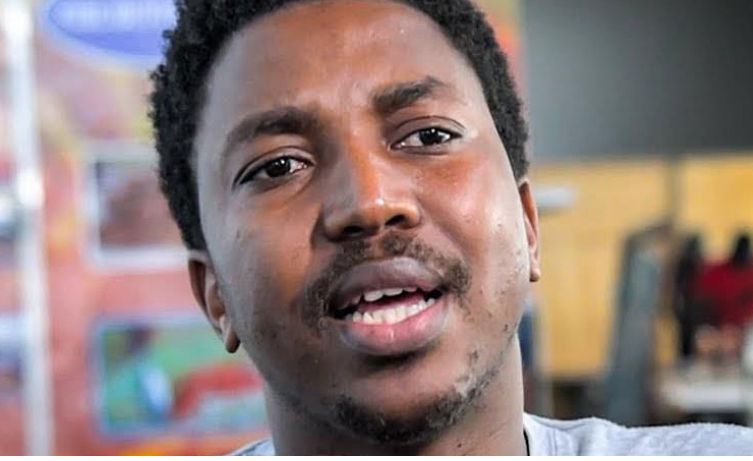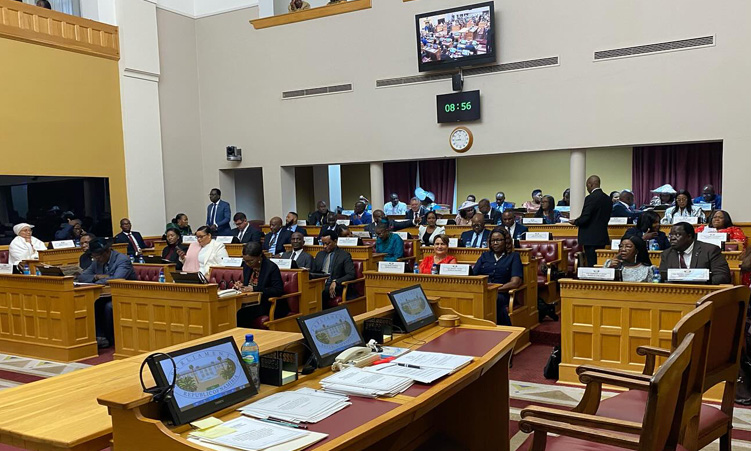DAR ES SALAAM – Three African trade blocs that have agreed to form a free trade area covering more than half a billion people created a long overdue roadmap on Monday.
The Southern African Development Community (SADC), East African Community (EAC) and Common Market for Eastern and Southern Africa (Comesa) agreed to the plan in October 2008, but the roadmap was due to have been completed six months later.’Almost half of Africa is part of this grand free trade area,’ EAC Secretary-General Juma Mwapachu told reporters after a meeting of trade bloc officials in Dar es Salaam, Tanzania.He said the unpublished roadmap was a major achievement.’It has been a rather arduous and onerous exercise of intellectual proportions,’ Mwapachu said.The roadmap would bring together 26 states stretching from Cape Town to Cairo. The population of the SADC, EAC and Comesa members is some 527 million people, with an estimated combined annual gross domestic product of around US$624 billion.’We believe now that we have on the table a document that I think the member states of the three economic communities can be part of,’ Mwapachu said.The road map is a highly technical document which, officials said, sets out the overall justification for the free trade area and includes a memorandum of understanding to be approved by the heads of state, as well as a draft agreement for the eventual establishment of the area.Officials said experts would make minor adjustments to the roadmap in meetings over the next two days, before the document is submitted to member states for approval next week.Africa boasts some 30 regional trade arrangements, with each nation belonging to about four such groups on average. This has led to conflicting and overlapping agreements.’Gone are the days of multiple membership,’ Sindiso Ngwenya, Comesa’s secretary-general, told Reuters after the meeting at the New Africa hotel in Tanzania’s commercial capital Dar es Salaam. Tanzania is a member of all three blocs.’Once you create one single economic space then you become a magnet for investors,’ he said, adding that the free trade area would be operational within two to three years.Africa receives less than four per cent of global foreign direct investment, and many investors cite small markets as a hindrance to returns and growth. -Nampa-Reuters
Stay informed with The Namibian – your source for credible journalism. Get in-depth reporting and opinions for
only N$85 a month. Invest in journalism, invest in democracy –
Subscribe Now!










